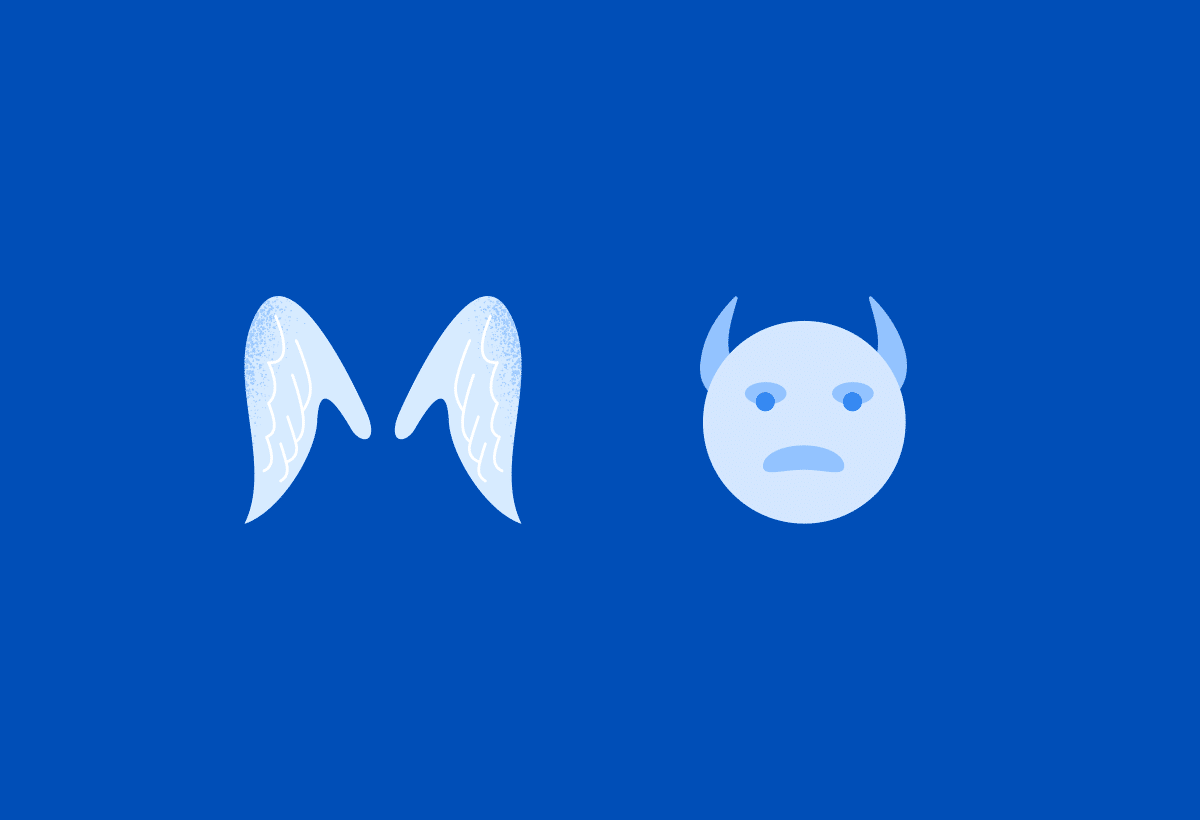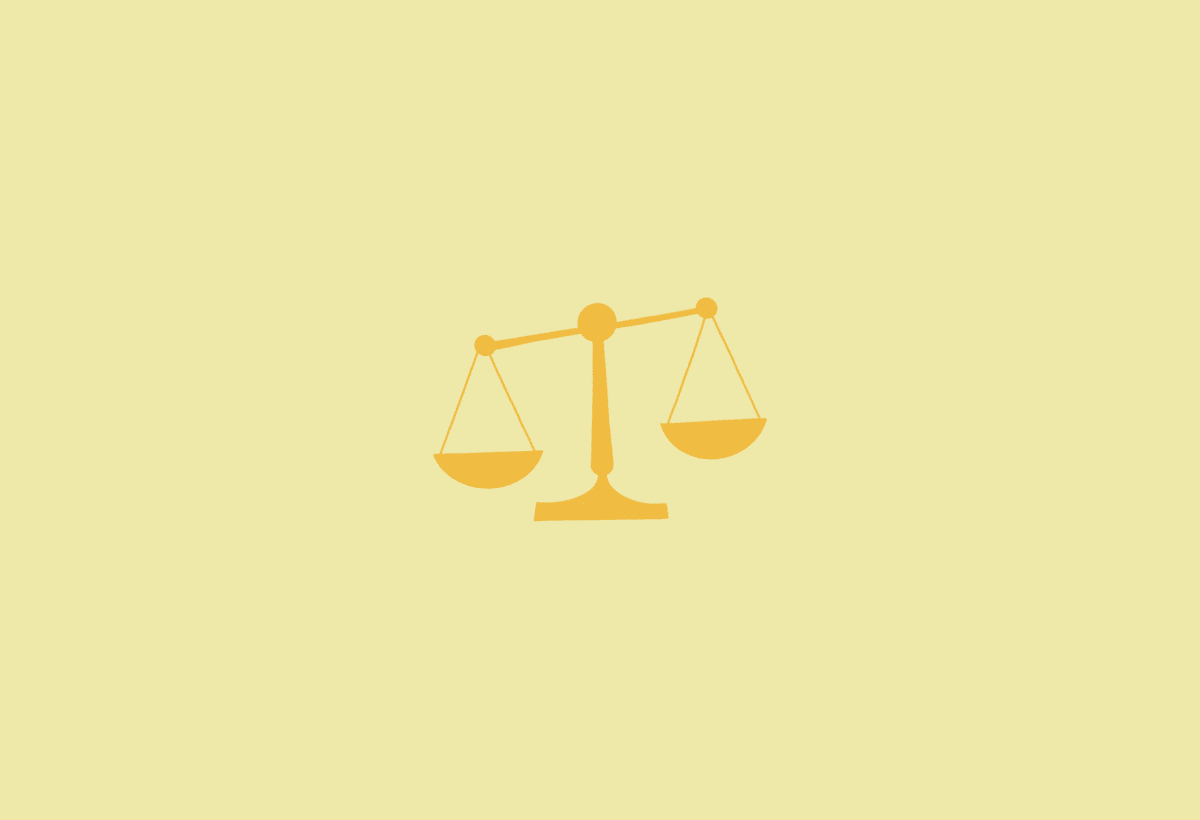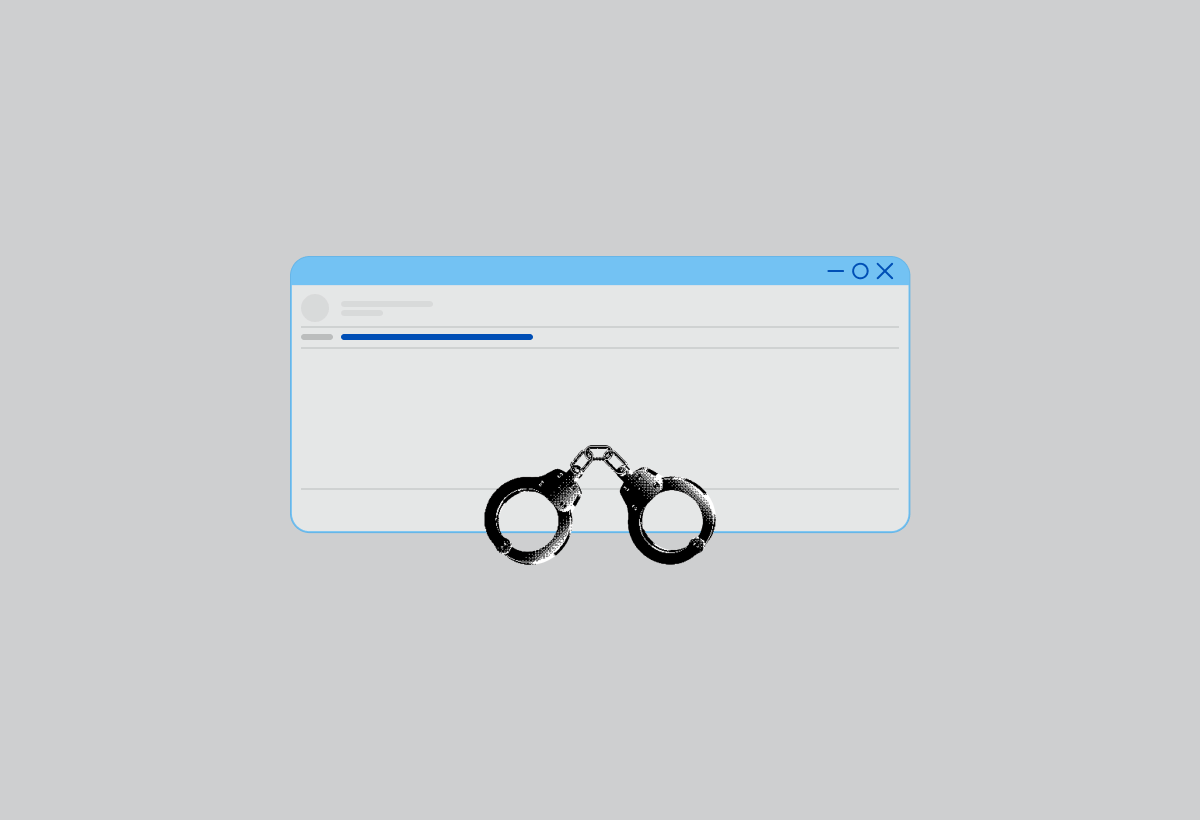I was on a call with a potential client when they let me in on a jaw-dropping tactic used by a well-known lead generation agency.
This strategy involves cold outreach that sounds simple yet extraordinarily effective.
It goes like this: they ask if the prospect would be open to meeting for coffee at a local café.
Now, this isn’t just any generic invitation.
They use AI to scrape location data and pinpoint popular coffee shops near the prospect’s LinkedIn location.
Sounds clever, right?
But hold onto your hats, because here’s where it gets shady.
The agency never intended to meet in person.
After the prospect replied positively, they’d claim they just missed them and then push for a Zoom meeting instead.
Imagine the surprise of the prospect who thought they were about to enjoy a nice chat over coffee, only to find out it was a bait-and-switch tactic.
Our potential client found this maneuver unethical, and frankly, so do we.
The Ethical Dilemma

Misleading someone to get a meeting isn’t cool.
It’s like promising candy and handing over a carrot instead. Nobody likes being tricked, and in business, trust is everything.
If you start a relationship with deceit, it’s bound to crumble sooner or later.
Yet, there are psychological reasons why this strategy works so well, and these can be valuable learning points for anyone in the business of cold outreach.
Why This Strategy Works

Human Touch in the Digital Age: A spam robot won’t ask to meet for coffee. Neither will a pushy salesperson. The suggestion of a casual coffee meeting feels genuine and personal. It stands out in a sea of impersonal emails and automated messages.
The Power of Specificity: By mentioning a local coffee shop, the outreach feels highly personalized. It shows that the sender has taken the time to understand the prospect’s location and preferences, making the message more compelling.
Offering Value First: Instead of immediately asking for something, the outreach offers to buy the prospect a coffee. This small gesture of generosity makes it harder for the recipient to say no.
Social Etiquette: It’s often considered rude to ignore an invitation, especially one as friendly as a coffee meeting. This increases the likelihood of the prospect responding.
Serendipity Factor: The casual, serendipitous nature of the invitation feels natural. It doesn’t come off as a hard sell, which can be off-putting.
The Takeaway: Use the Good, Ditch the Bad

While the deceptive element of this strategy is a big no-no, the underlying principles can be incredibly effective when used ethically. Here’s how you can incorporate the good parts into your outreach without crossing any lines:
Be Genuine: If you suggest a meeting, be ready to follow through. Don’t promise a face-to-face coffee if you have no intention of showing up. Honesty is key.
Personalize Your Approach: Use specific details that show you’ve done your homework. Mentioning a local landmark or event can make your outreach feel more relevant and engaging.
Offer Value Upfront: Start with an offer rather than a request. This could be as simple as a free consultation, a useful resource, or, yes, even a coffee meeting if you’re genuinely up for it.
Respect Social Norms: Frame your invitation in a way that’s polite and easy to accept. People are more likely to respond positively if they feel respected and valued.
Stay Human: Remember, you’re dealing with people, not just leads. Approach them with the same respect and consideration you’d want in return.
An Example of an Ethical Outreach
Let’s say you’ve done your research and found out your prospect loves a particular coffee shop near their office. Instead of the bait-and-switch, try this:
“Hi [Prospect’s Name],
I noticed you’re located near [Coffee Shop]. I’m a big fan of their [specific drink or pastry]. I’d love to meet up and chat about how we might be able to help each other out. My treat, of course! If you’re available sometime this week, let me know what works best for you.
Best, [Your Name]”
This message is specific, personal, and offers value right away.
Plus, it’s honest. If the prospect agrees, make sure you show up, or arrange a virtual meeting if they prefer.
Just don’t use the coffee as a ruse to get a Zoom call.
The Golden Rule

Always treat your prospects the way you’d want to be treated. Nobody likes being deceived, and trust is the foundation of any lasting business relationship.
By being genuine, personalized, and considerate, you can build connections that are both meaningful and productive.
In conclusion, while the cold outreach strategy we discussed might seem almost too effective to be fair, it’s crucial to use it ethically.
Incorporate the elements that foster genuine connection and trust, and leave the deceitful tactics behind.
Remember, honesty isn’t just the best policy—it’s the only policy that leads to sustainable success.

